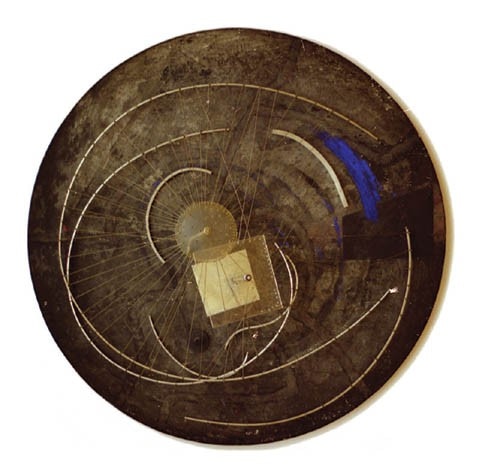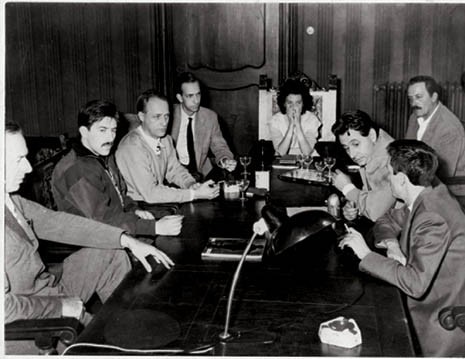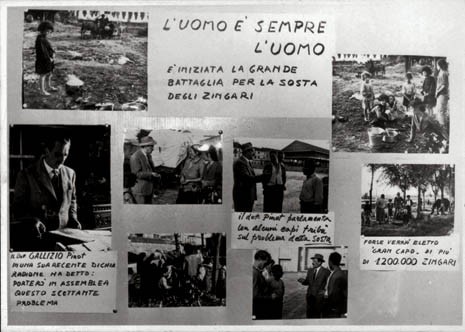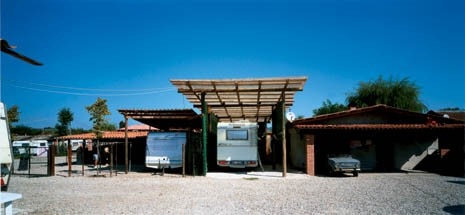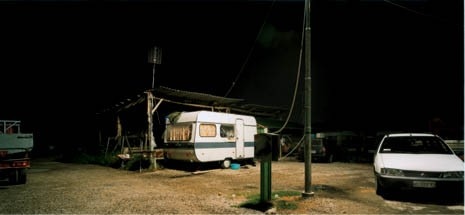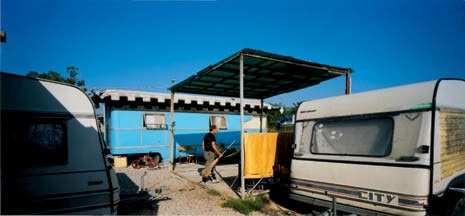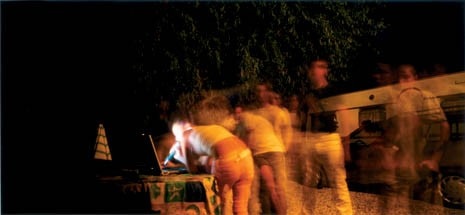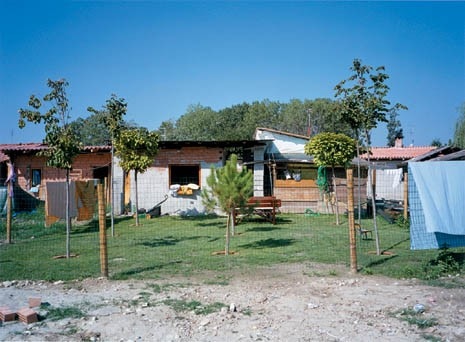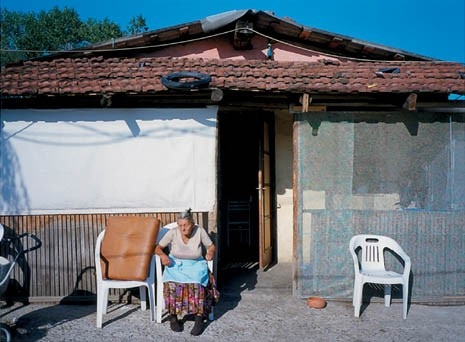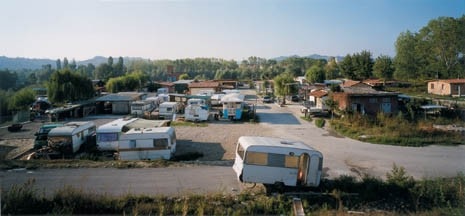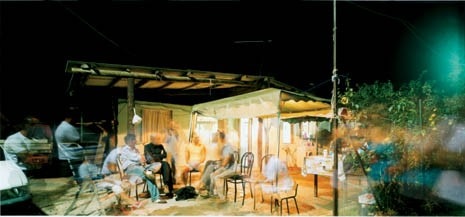Text by Francesco Careri. Photography by Armin Linke. Edited by Francesco Careri (stalker/osservatorio nomade), Elena Sommariva
Notes on unitary urbanism
Constant died this past August first. He left the world of art and architecture a multi-faceted and contradictory inheritance. There are architects who have copied from his New Babylon “only the shapes without the content”, as he told me once in speaking about the many opulent pieces of architecture that try to attach a playful and colourful image to today’s victorious neo-capitalism. There are those who continued down his utopian and visionary road of anti-architectural nomadism (possibly New Babylon’s most fascinating aspect) – see Archigram’s Walking City, Superstudio’s energy grids, and the more recent and sometimes ridiculous versions of digital neo-pop.
There are also people who build information networks in order to make a digital adaptation of New Babylon; people who experiment with a liberated lifestyle in their professions and in their self-management of new types of communities; and people who revisit the creative and interdisciplinary approach of unitary urbanism in search of answers for today’s multicultural cities. Today this last road, which was a New Babylon fundamental, offers possibilities that were unheard of in the days of Situationist thought, which was perhaps too focused on constructing its own theory and space and not focused enough on looking for a place, a concrete area where it could do fieldwork.
Let us try to go back to Alba (Italy) fifty years ago, where Pinot Gallizio had given some land to the Sinti gypsies of Piedmont. The project consisted in not imposing a sedentary way of life upon an itinerant people but rather the opposite – taking their itinerant way and proposing it as a model for everyone else, a new way to inhabit the world. But things went in a different direction. The revolution did not come. Today’s multicultural society, the one that was supposed to build New Babylon, finds itself living among the dumps in the extreme periphery of the city and of our minds. The camp for the gypsies of Alba did not become a Situationist “playground of participation”.
Unitary urbanism, which had found a concrete field to play on, wound up not playing on that field. Moreover, it did not even come out onto the field. Despite their call for collective art that was applicable to urban spaces, the Situationists did not succeed in finding common ground where they could experiment with the talents of their individual members. Asger Jorn had ability as a builder of networks; he was a charmer and a potential director of the many interdisciplinary teams that needed to work together. Guy Debord was a builder of meaning, able to lend political and philosophical meaning to aspects surfacing during the process. Constant was a builder of spaces, able to translate the qualities of nomadic space into three-dimensional poetry.
Pinot Gallizio was the builder of relationships, proficient at interweaving the project’s different threads that looked to reconcile the concrete reality of the gypsy camp with the political and cultural worlds of Alba. These fundamental skills are still needed today in order to transform complex spaces. However, unitary urbanism did not survive the expulsions, resignations and artistic vanity of its individual members. The concepts of anti-copyright and non-authority, although well formulated, were not applied in places where they could have helped activate creative processes of collective and pro-participant transformation. Now the scene appears to have changed, even if it has to an insufficient degree.
There are city administrations that confront difficult situations of decline by avoiding standard urban-planning formulas and instead make use of the possibilities of public art. In many cases, they are starting to see results and positive political consequences from these actions. The cultural world, with its foundations, art centres and universities, is beginning to commit resources. As for the students, a spark of desire has set off an urge among many to select fieldwork over sitting in front of a computer; to participate up close in the transformations of the territory; to offer their talents for the good of the community; and to make themselves useful to people in need instead of participating in the star-system of designer-name practices. There is a need for the right kind of people, those that know how to get involved in creative community design; those who know how to bypass authoritarian limits, signatures and copyrights; those who know how to build networks, extrapolate meanings, supply visions, construct relationships and instigate transformational processes.
Gypsy camps are symbolic of some of the worst urban developments to have taken place over the centuries. Fifty years have passed and we are still there on the banks of the Tanaro River. We ask ourselves if it makes sense to design a gypsy camp, if it makes sense to design something unstable, something transitory, something uncertain. It is clear that if this issue is not confronted at a cultural level, the design of these places will remain in the hands of technocrats from political parties, opportunists or, worse still, the security police. The gypsy camp in Alba continues to be a wager for everyone.
Francesco Careri, architect, is a founding member of the stalker/osservatorio nomade urban art workshop. He has wrote the book Constant. New Babylon, una città nomade (Testo & Immagine, Torino, 2001). Since 2005 is a Research Professor in the Faculty of Architecture of the University of Roma TRE, where he teaches Civic Art
